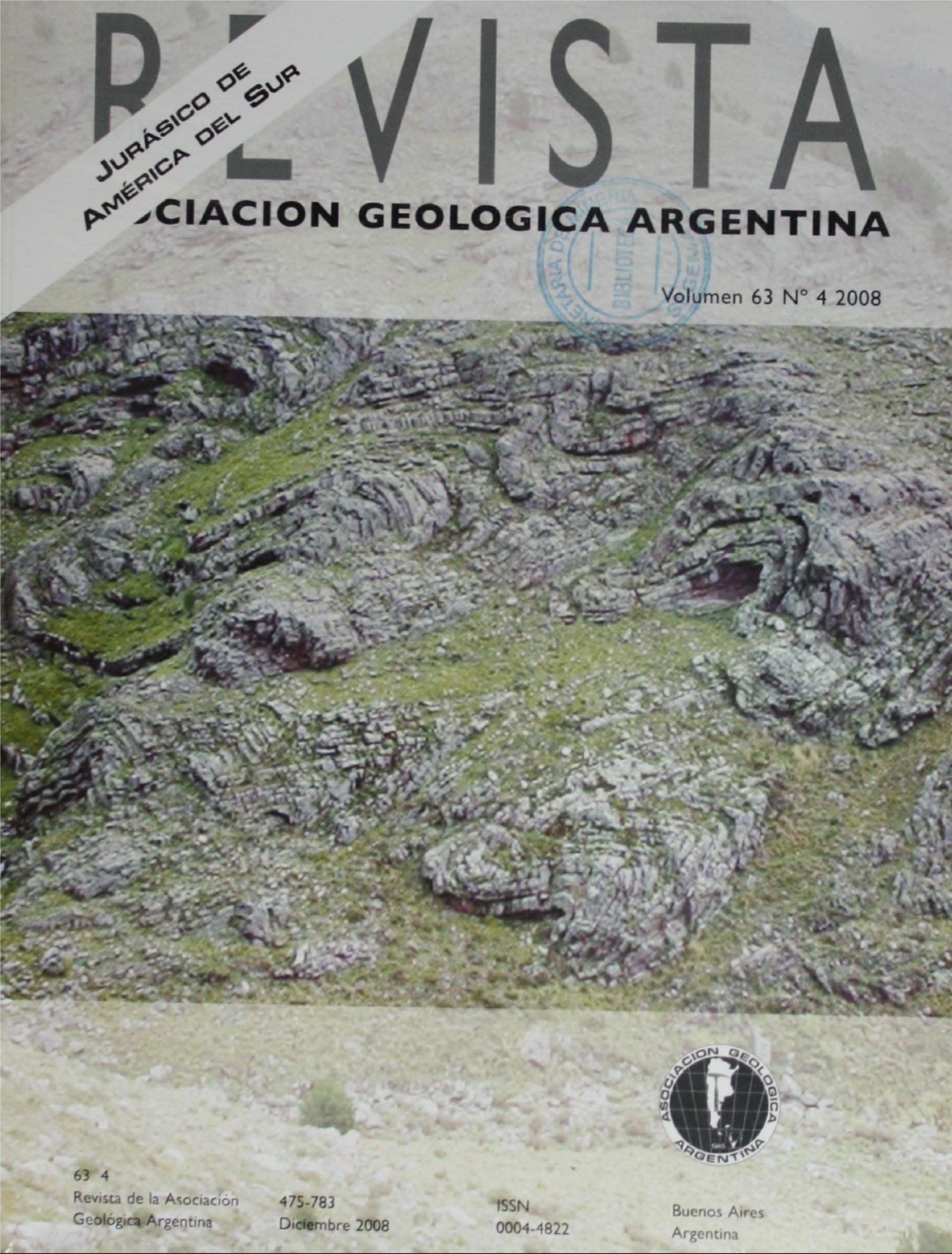El Jurásico de la Argentina y sus amonites
Contenido principal del artículo
Resumen
El estudio de los amonites se halla íntimamente ligado al avance del conocimiento del Jurásico de la Argentina. Ello ha permitido, entre 1870 y la actualidad, documentar la existencia en facies marinas de todos los pisos estratigráficos del Jurásico -
excepto el Kimmeridgiano-. Como consecuencia ha sido posible definir diferencias paleobiogeográficas con otras regiones y
establecer un marco cronoestratigráfico de referencia regional para el lapso Hettangiano - Tithoniano integrado por una sucesión de 45 unidades bioestratigráficas. Ello ha posibilitado a su vez definir la existencia y alcance de numerosas discontinuidades estratigráficas, establecer relaciones espacio-temporales entre unidades litoestratigráficas y limitadas por discontinuidades,
determinar ciclos transgresivo-regresivos y cambios ambientales asociados, y ubicar en un contexto global, tanto zonaciones
basadas en otros organismos fósiles como ciclos sedimentarios originados en la mecánica orbital del planeta, registros de inversiones en el campo magnético terrestre, desplazamientos de la curva de deriva polar aparente de América del Sur y modificaciones temporales en relaciones isotópicas. La vinculación global del esquema bioestratigráfico establecido con las faunas de
amonites a nivel regional y el anclaje directo que el mismo da a edades absolutas incorporadas a la escala geocronológica internacional, resulta de importancia en la datación de unidades y eventos no-marinos, e.g. continentales, ígneos y metamórficos
atribuibles al Jurásico
Detalles del artículo

Esta obra está bajo una licencia internacional Creative Commons Atribución-NoComercial 4.0.
Nota de copyright
Los autores conservan los derechos de autor y garantizan a la revista el derecho de ser la primera publicación del trabajo licenciado según una licencia de atribución Creative Commons que permite a otros compartir el trabajo con el reconocimiento de la autoría y de la publicación en la que se publicó por primera vez.
Declaración de privacidad
Los nombres y direcciones de correo electrónico introducidos en esta revista se usarán exclusivamente para los fines declarados por esta revista y no estarán disponibles para ningún otro propósito u otra persona.

